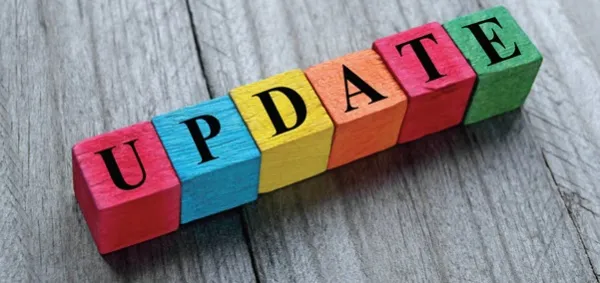Urology Coding Alert
You Be The Coder:
Don’t Let Your Coding Skills Lapse on This Prolapse Case
Published on Wed Nov 15, 2023

You’ve reached your limit of free articles. Already a subscriber? Log in.
Not a subscriber? Subscribe today to continue reading this article. Plus, you’ll get:
- Simple explanations of current healthcare regulations and payer programs
- Real-world reporting scenarios solved by our expert coders
- Industry news, such as MAC and RAC activities, the OIG Work Plan, and CERT reports
- Instant access to every article ever published in Revenue Cycle Insider
- 6 annual AAPC-approved CEUs
- The latest updates for CPT®, ICD-10-CM, HCPCS Level II, NCCI edits, modifiers, compliance, technology, practice management, and more
Related Articles
Other Articles in this issue of
Urology Coding Alert
- Coding Corner:
Refresh Your Knowledge of 2023 Coding Updates With This Quick Q&A
Familiarizing yourself with recent coding updates will be the key to a successful new year. [...] - Procedure Focus:
Take These 5 Tips to Refine Your Rectocele Repair Coding
Watch for coding differences between rectocele and enterocele repairs. Performing a rectocele repair in a [...] - Practice Management:
Add Valuable Staff To Your Practice Using These 5 Strategies
Implementing these techniques during interviews can lead to financial savings. Are you looking to hire [...] - You Be The Coder:
Don’t Let Your Coding Skills Lapse on This Prolapse Case
Question: The urogynecologist on our team carried out an Altis sling procedure to treat urinary stress [...] - Reader Question:
Cashing In Separately on Supplies?
Question: I’m new to urology coding and billing. My doctor uses lidocaine jelly 2 percent for [...] - Reader Question:
Washing Means Biopsy When It Comes to Cystourethroscopy
Question: I’m currently processing a surgical report that includes a right ureteroscopy, which I understand should [...] - Reader Question:
Break Apart This Calculus Conundrum
Question: I need help coding this case. If the provider used #2.5 French laser fiber pulse [...]
View All




